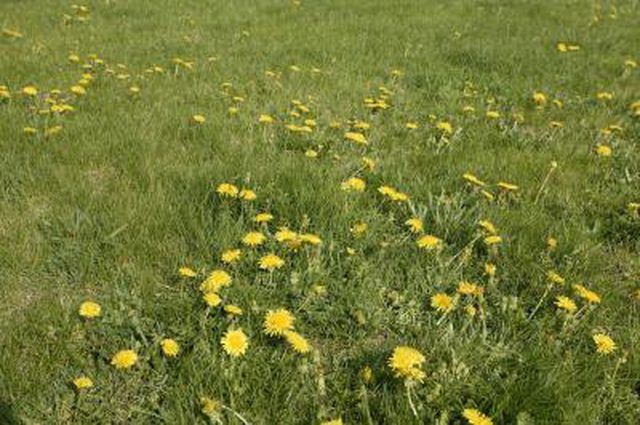Bulbs
Flower Basics
Flower Beds & Specialty Gardens
Flower Garden
Garden Furniture
Garden Gnomes
Garden Seeds
Garden Sheds
Garden Statues
Garden Tools & Supplies
Gardening Basics
Green & Organic
Groundcovers & Vines
Growing Annuals
Growing Basil
Growing Beans
Growing Berries
Growing Blueberries
Growing Cactus
Growing Corn
Growing Cotton
Growing Edibles
Growing Flowers
Growing Garlic
Growing Grapes
Growing Grass
Growing Herbs
Growing Jasmine
Growing Mint
Growing Mushrooms
Orchids
Growing Peanuts
Growing Perennials
Growing Plants
Growing Rosemary
Growing Roses
Growing Strawberries
Growing Sunflowers
Growing Thyme
Growing Tomatoes
Growing Tulips
Growing Vegetables
Herb Basics
Herb Garden
Indoor Growing
Landscaping Basics
Landscaping Patios
Landscaping Plants
Landscaping Shrubs
Landscaping Trees
Landscaping Walks & Pathways
Lawn Basics
Lawn Maintenance
Lawn Mowers
Lawn Ornaments
Lawn Planting
Lawn Tools
Outdoor Growing
Overall Landscape Planning
Pests, Weeds & Problems
Plant Basics
Rock Garden
Rose Garden
Shrubs
Soil
Specialty Gardens
Trees
Vegetable Garden
Yard Maintenance
Why Won't My Grass Grow?
Why Won't My Grass Grow?. Sparse lawn grass is the result of inadequate environmental conditions. Turf grasses require fertile, moist soil, direct sunlight and careful maintenance. Jump start the growth of your grass by creating a lawn environment that is optimal for grass growth.
Sparse lawn grass is the result of inadequate environmental conditions. Turf grasses require fertile, moist soil, direct sunlight and careful maintenance. Jump start the growth of your grass by creating a lawn environment that is optimal for grass growth.
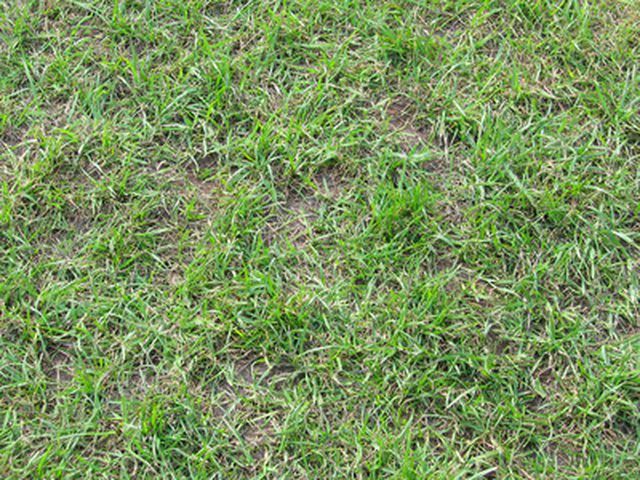
According to the Clemson University Extension website, less than 4 hours of direct sunlight per day slows grass growth and leaves the grass vulnerable to weeds and disease. You must either increase sunlight to the lawn by trimming back adjacent foliage or switch to ground cover plants that can better survive in partial sunlight.
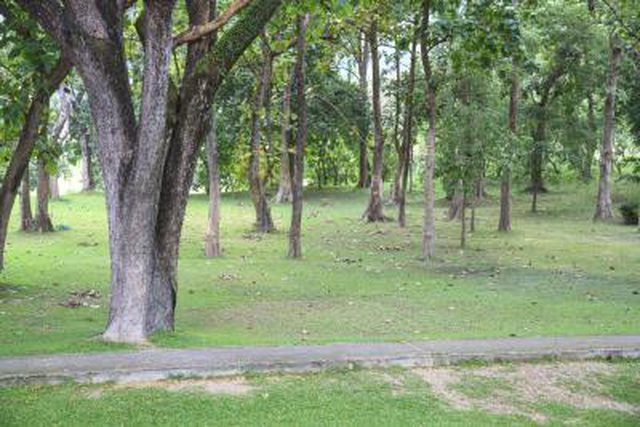
Water the lawn only during periods of prolonged drought when you see visible signs of stress, such as discoloration, on the grass foliage. When watering is necessary, avoid light, frequent irrigation, and instead, try deep, infrequent waterings. Deep, infrequent waterings support root growth, whereas light watering doesn't reach the roots and instead promotes weed and moss growth.
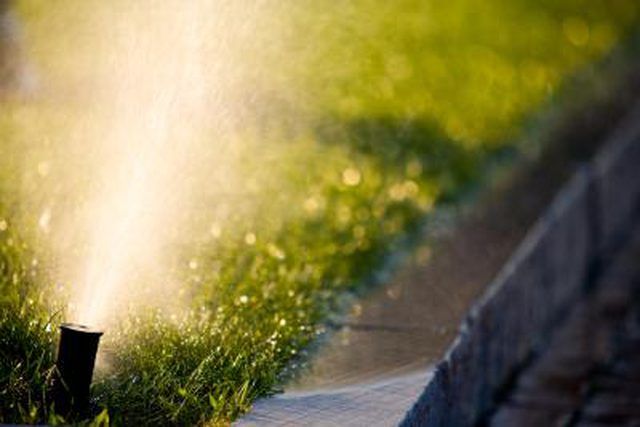
According to the West Virginia University Extension website, mowing the lawn too short will weaken grass growth and increase its vulnerability to weeds and disease. Mowing the lawn a little higher will promote deeper grass-root systems, which will strengthen the grass and improve growth. Avoid cutting more than one-quarter to one-third of the total blade height at one time.
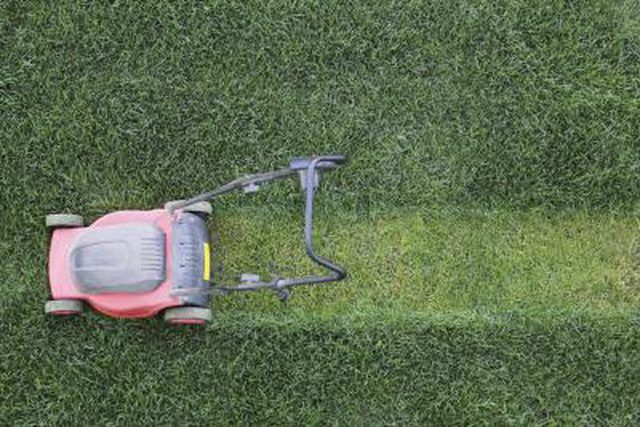
Weeds actively compete with lawn grass for sunlight, moisture and nutrients. Too many weeds can overwhelm the grass, permanently stunting future growth. Existing weeds must be removed by hand or through the use of herbicides before grass can begin growing. The best defense against future weeds is establishing a healthy, dense turf of grass.
